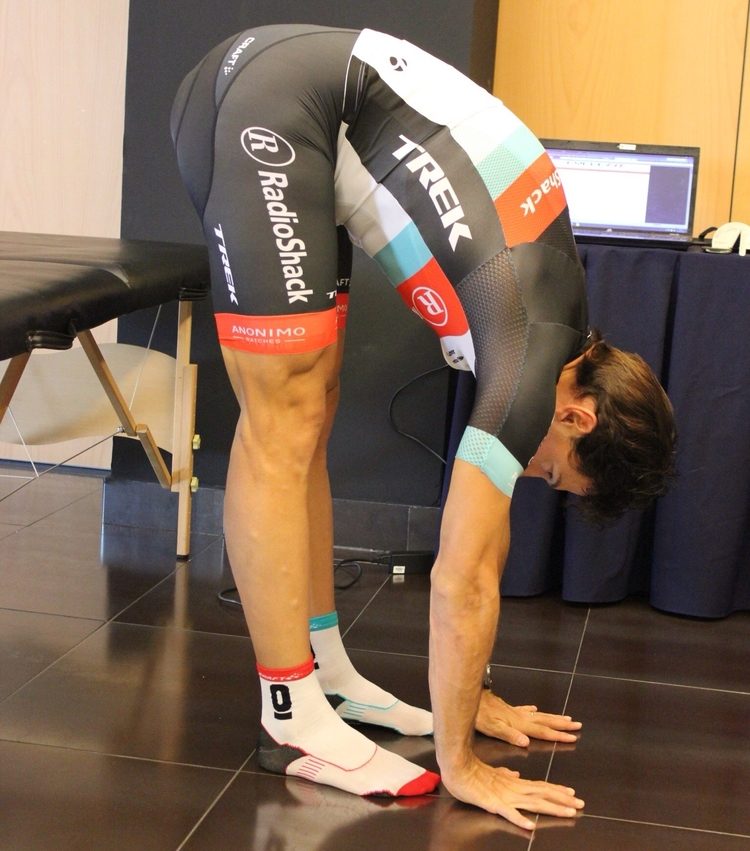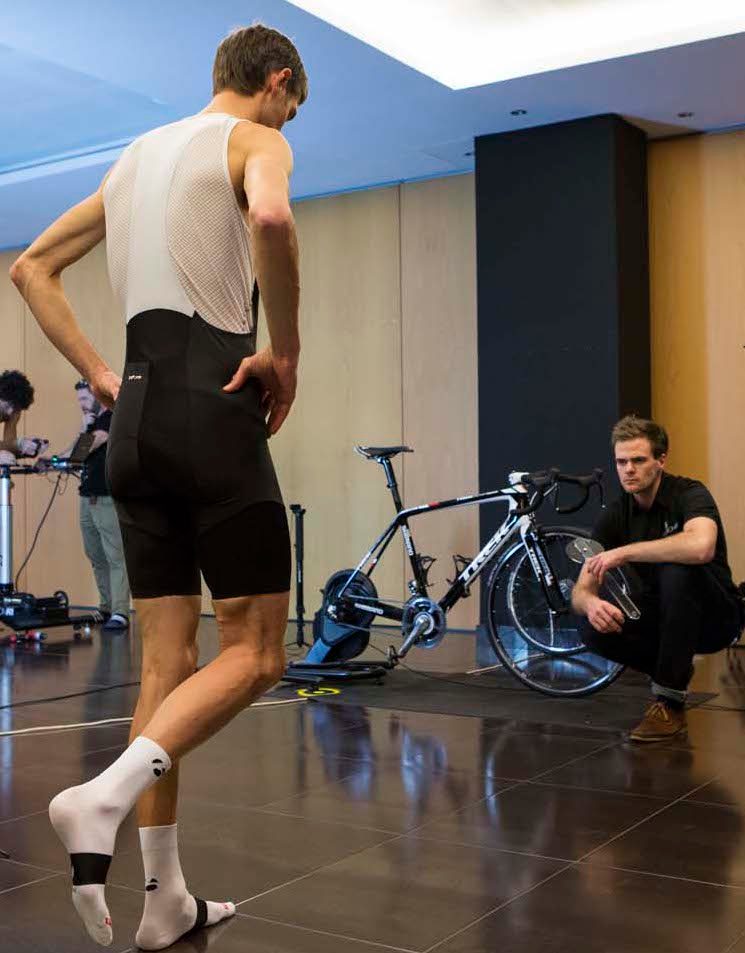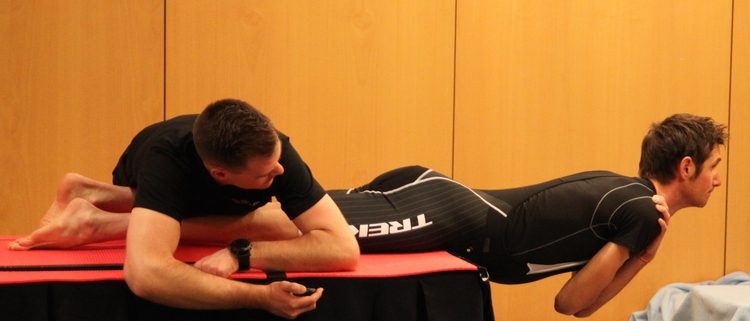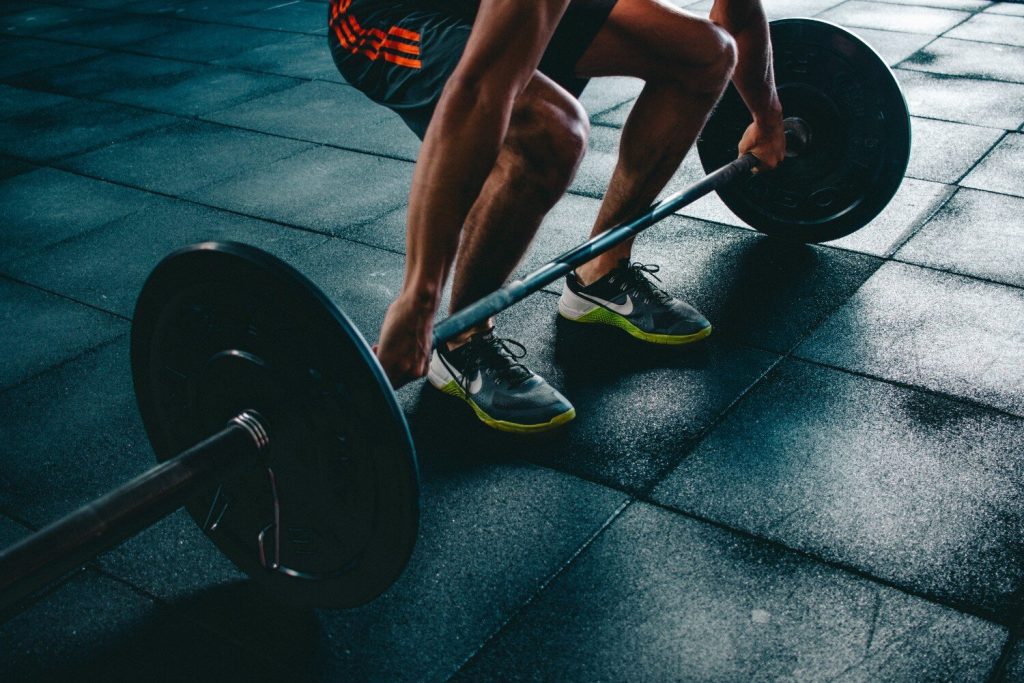THE KEY COMPONENTS THAT MAKE UP OPTIMAL PERFORMANCE, COMFORT AND REDUCED INJURY RISK!
It might not all be about maximal power output, watts per kilo or functional threshold. In order to perform at a high level the body must be in good condition and power output is only one way of measuring physical fitness for cycling. What goes in to create power? The physiological characteristics outlined below could be described as the foundations or building blocks of cycling performance. Improve in these areas and bring on the PB’s!
LOWER LIMB AND PELVIC FLEXIBILITY
Definition: Flexibility-The quality of bending easily without breaking
There is a muscular and joint component of ‘flexibility’. The ability for the muscle to relax, the overall length of the muscle and the condition of the joint are all vital in our ‘range of movement.’ Our muscles work in pairs so whilst one muscle contracts the opposite muscle must relax in order for movement to occur. A muscle’s action can be split into quarters and each muscle is usually most effective in creating force in the middle two quarters of it’s range. In theory, the longer the muscle and the greater the range of movement around a joint the more opportunity the muscle has to produce force and the less resistance it will meet from the opposite muscle during movement.
There is a correlation between flexibility, bike position and performance. For example, the further the rider can rotate forward from the pelvis, whilst maintaining a neutral spine position (straight back- more on this later), the easier it is to sustain performance and comfort in a more aggressive position. Without good hamstring length and hip joint range of movement the rider can be at risk of symptoms such as lower back pain, neck and shoulder pain, hip pain and knee pain.

LOWER LIMB STABILITY
Definition: Stability-The state of being stable. Synonyms: Solidity, Strength, Balance, Durability
In order to deliver power to the pedal in the most efficient way the stabilising muscles of the pelvis, foot and ankle must have good muscular strength and endurance to control and transfer the forces generated by the gluteals and quadriceps. Whilst some lateral movement of the knee in pedalling is normal, without adequate lower limb stability there can be increased force transferred to the knee joint. Unhelpful knee movement can occur, usually where the knee moves laterally towards the bike during the downstroke, inside of a vertical line between the hip and the ankle, which can reduce efficiency. Adding together the amount of lateral movement of the knee over a ride of 4 hours duration can help to illustrate this point in more practical terms. For example, if the centre of the knee joint deviates towards the top tube by just 1cm more than ‘normal’ every downstroke over a 4 hour ride at 85 rpm, the total distance travelled by the knee is 2.4 metres! This equates to a significant ‘power leak’ as it is movement that is not helping to drive the bicycle forward and can lead to injury.

FUNCTIONAL CORE CONTROL
Definition: Control- The place from which a system or activity is directed
Alongside flexibility and awareness, functional core control is a key component in the maintenance of good posture on the bike, and the benefits that can result in comfort and performance. The muscles that support the trunk, like the the lower back extensors and deep spinal stabilisers, are required to work for prolonged periods to keep the torso as still as possible in order to keep the engine of the bike, the pelvis, stable allowing the gluteals (the biggest muscle group of the body) the optimal platform to generate force. A rider who is more active in their core on the bike can notice significant improvements in power delivery and saddle comfort whilst protecting the spine from injury. A strong core is vital to maintain performance over longer distances, at higher loads and in more aggressive riding positions. As an esteemed colleague once said, “you wouldn’t fire a cannon from a canoe would you?”

It is important to remember that our bodies are a ‘work in progress’ and are always changing. It is becoming more and more common for us to measure our performance and track training progress, whether this is a 20 minute functional threshold power test or something as simple as average speed over a regular training route using Strava. Sometimes it is equally important, if not more important, when aiming for a specific goal, to break down the components of cycling performance and measure each component of physical conditioning. This type of testing requires specific knowledge and is best done by an exercise or medical professional who is able to advise on specific training exercises in order to improve and repeat the testing protocol to measure progress.
Find out more about Performance and Injury Prevention Screening and the new service available exclusively at Physiohaüs!


